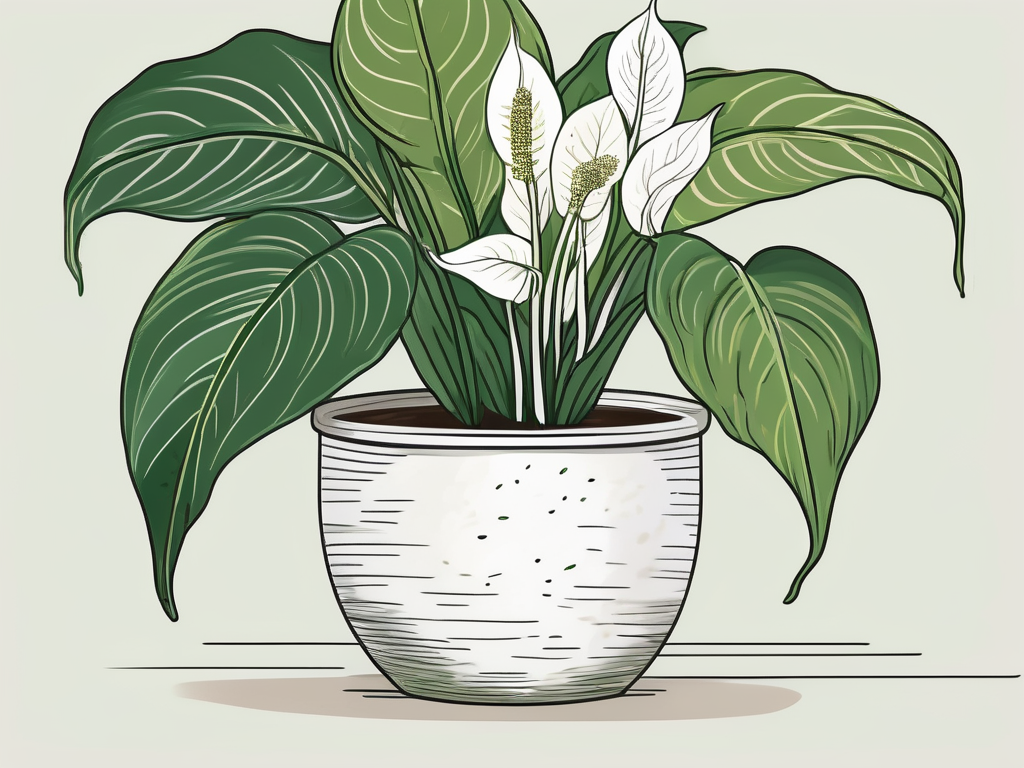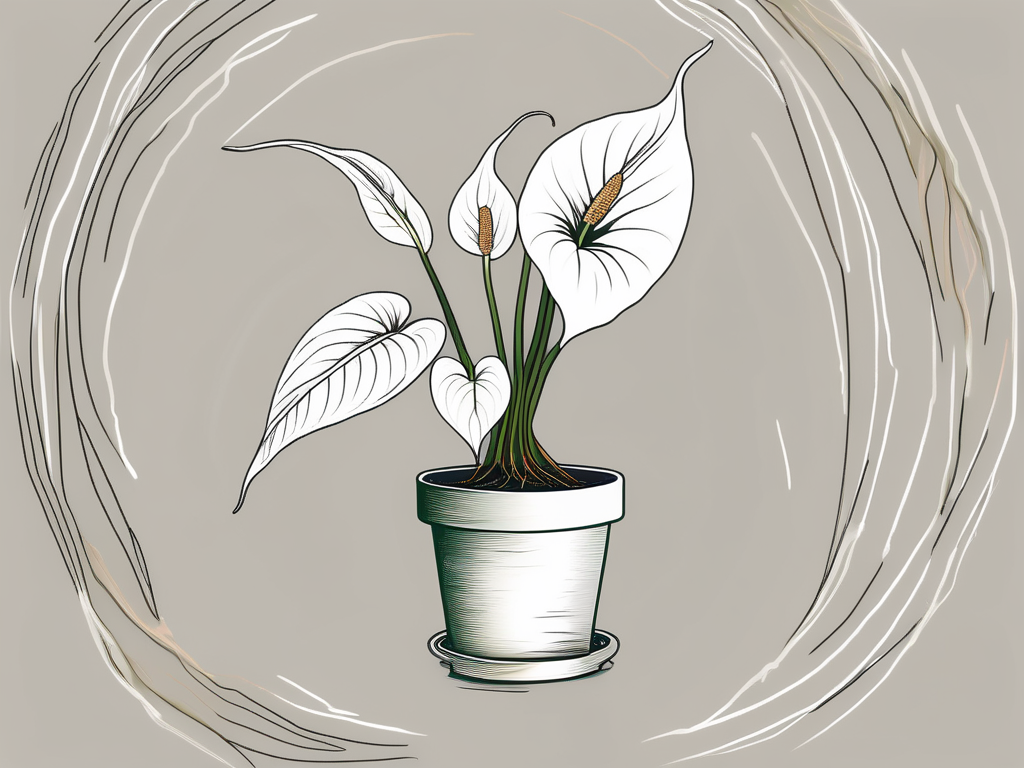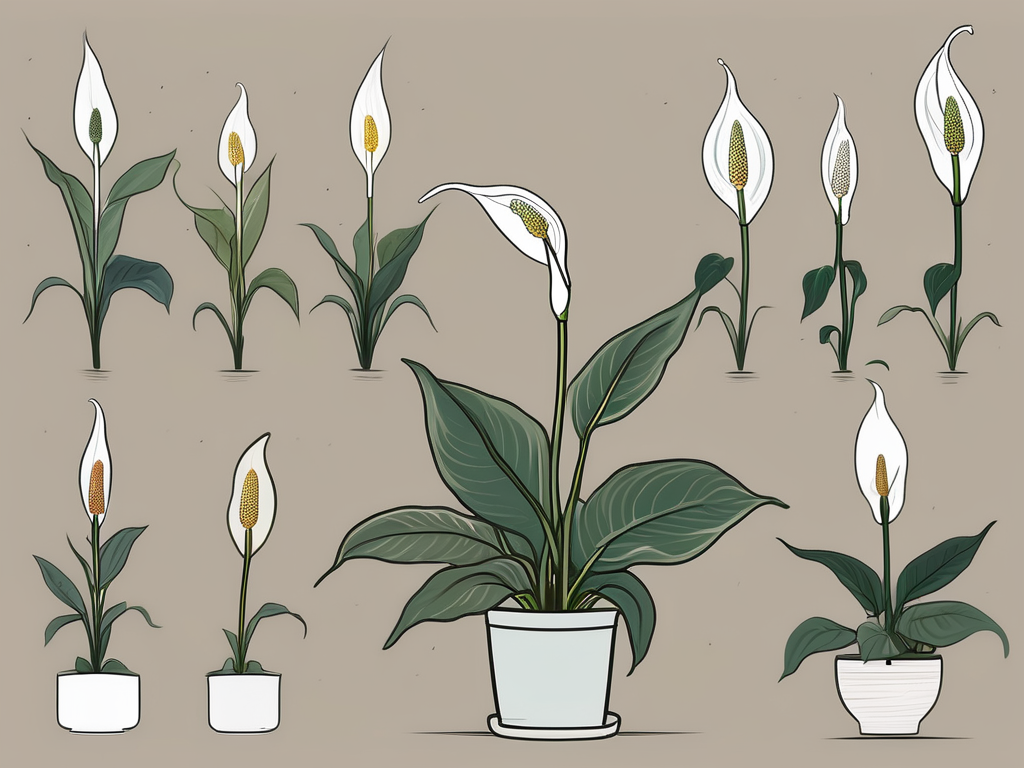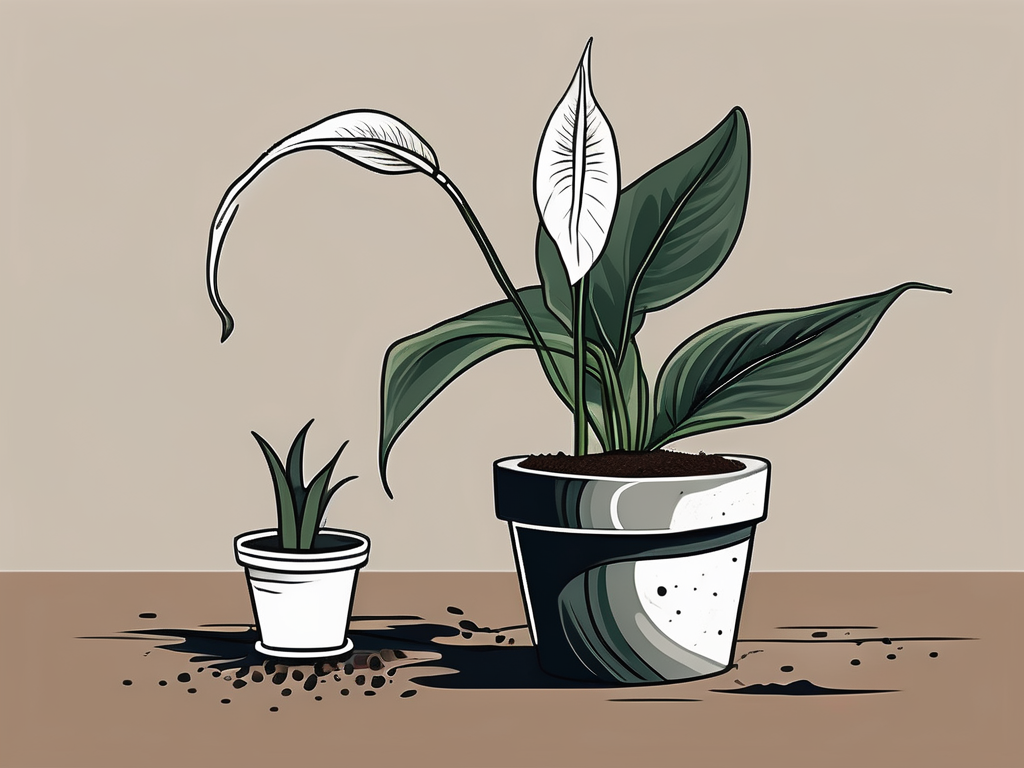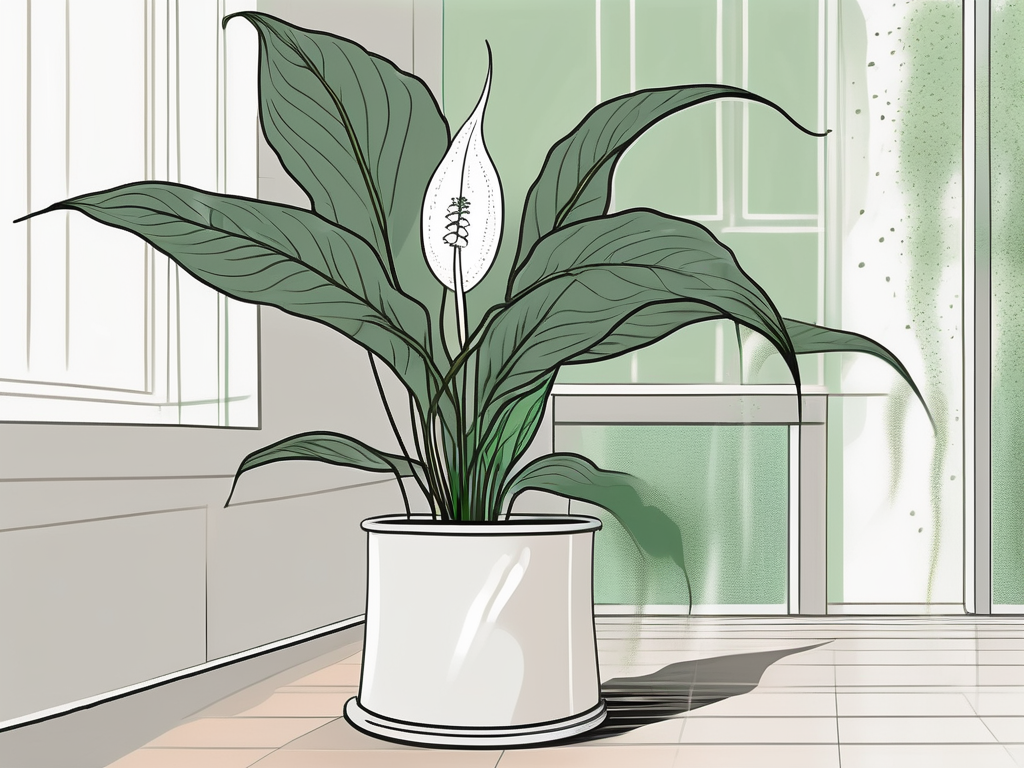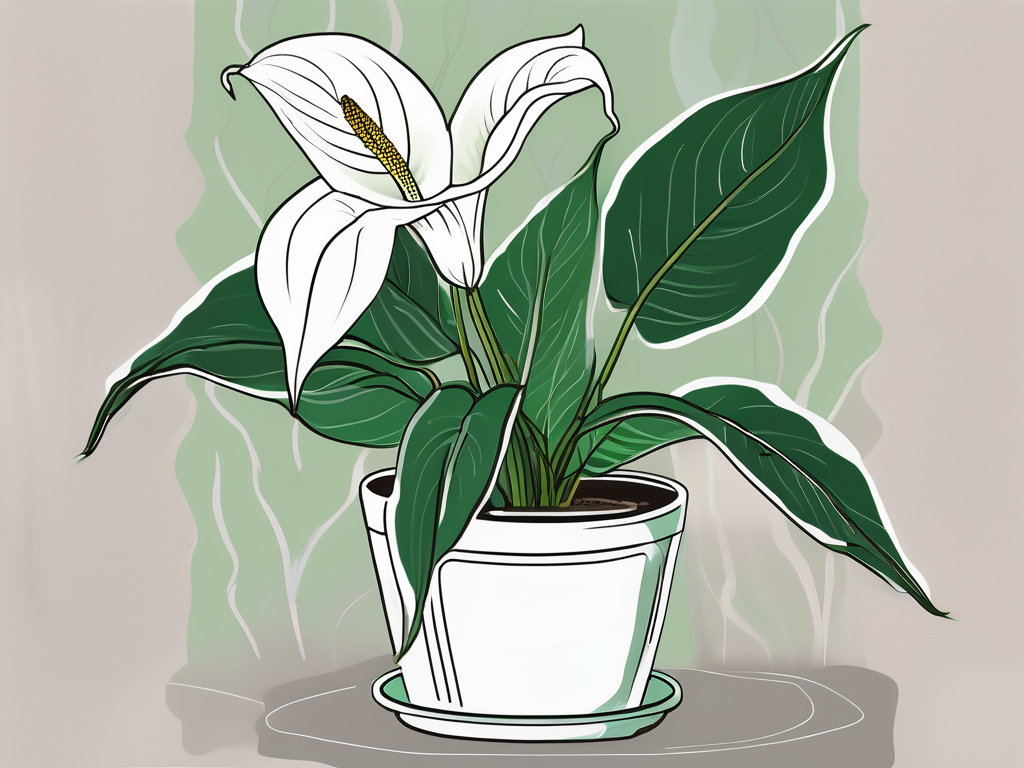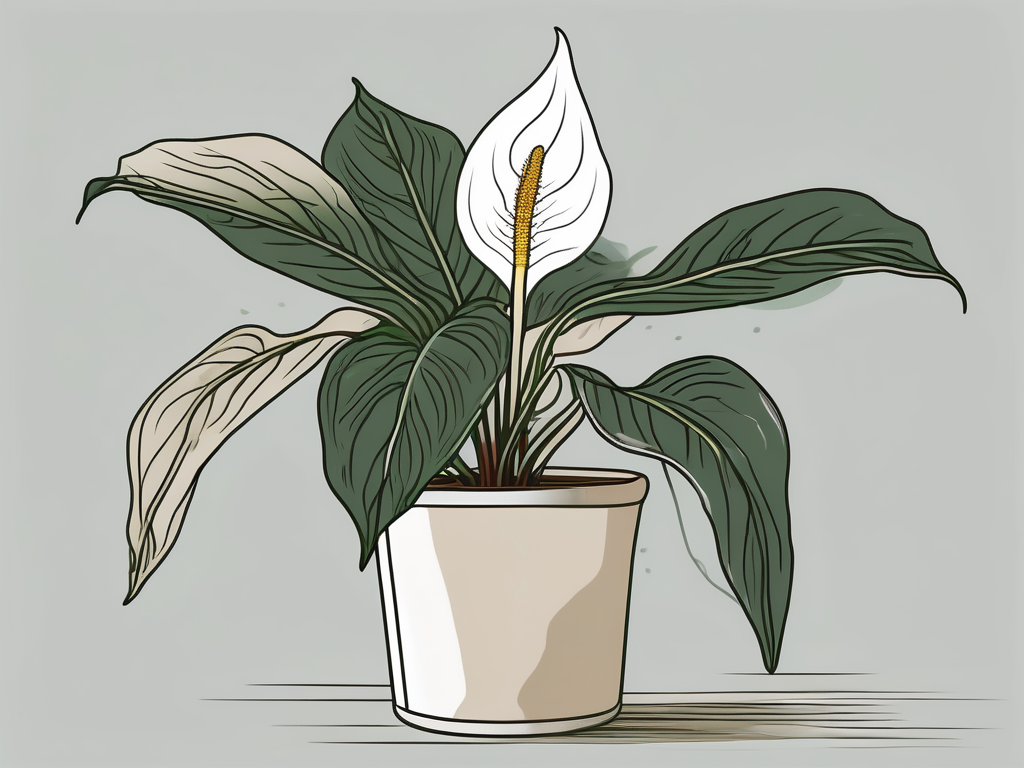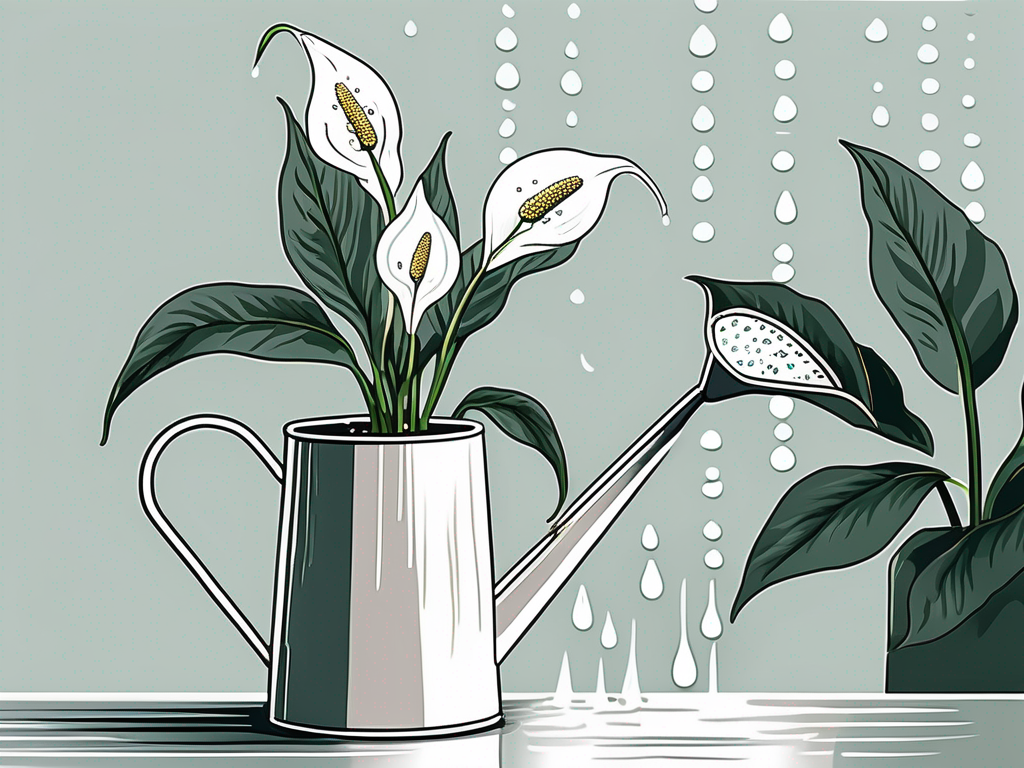
The peace lily, with its graceful leaves and elegant blooms, is a beloved choice for many plant lovers. But while these beauties are relatively low-maintenance, getting their watering just right can sometimes feel like a bit of a puzzle. Overwater, and you risk drowning your plant; underwater, and those once-lush leaves may start to droop.
Join me as we take a closer look at how to keep your peace lily perfectly hydrated. From understanding the plant's natural habitat to practical watering tips and tricks, we'll cover everything you need to keep your peace lily thriving.
Understanding the Peace Lily's Natural Habitat
To truly appreciate what your peace lily needs, it's helpful to start with where these plants come from. Native to tropical regions of the Americas, peace lilies thrive in warm, humid environments. In the wild, they're often found under the canopy of larger trees, soaking up indirect light and enjoying the moisture from frequent rain.
So, what does this mean for your peace lily at home? It means these plants love humidity and appreciate consistent watering. However, it also means that they don't like to sit in waterlogged soil. Mimicking their natural habitat can be the secret to keeping them happy. Think of it like trying to recreate a little slice of the rainforest right in your living room.
Understanding this balance between moisture and drainage is key. It's not just about how much water you give them, but how often and how well that water drains away. With this insight, you're already halfway to mastering the art of peace lily watering.
Signs Your Peace Lily Needs Water
One of the most common questions I get is, "How do I know when my peace lily needs water?" Thankfully, peace lilies are pretty communicative plants. They have a knack for showing you what they need, which makes them perfect for beginners and seasoned plant parents alike.
Here's how to read the signs:
- Drooping Leaves: If your peace lily's leaves start to droop, it's a clear sign that it needs water. Interestingly enough, they bounce back quickly once watered.
- Dry Soil: Stick your finger into the soil about an inch down. If it feels dry, it's time to water.
- Yellow Leaves: While drooping is a sign of thirst, yellow leaves can indicate overwatering. It's a delicate balance, but you'll get the hang of it with practice.
By paying attention to these cues, you'll soon develop a natural rhythm for watering your peace lily. The more you tune in, the better you'll become at anticipating your plant's needs.
How Often Should You Water Your Peace Lily?
If only there were a one-size-fits-all answer to this question! The truth is, the frequency of watering your peace lily depends on several factors, including the time of year, your home's environment, and even the specific pot and soil you've used.
During the growing season (spring and summer), your peace lily will likely need more frequent watering. This is when it's actively growing and needs more moisture to support its development. In contrast, during the fall and winter, it may not need as much water.
Here's a rough guideline to help you get started:
- Spring and Summer: Water about once a week, but always check the soil before watering.
- Fall and Winter: Water every 10 to 14 days, depending on your home's humidity and temperature.
Remember, these are only guidelines. Your own observations and adjustments will lead to the best results. It's all about finding that sweet spot where your peace lily feels just right.
Choosing the Right Water for Your Peace Lily
Now that you know when to water, let's talk about what kind of water to use. Believe it or not, the quality of water you use can significantly impact your peace lily's health.
Peace lilies are sensitive to chemicals and minerals found in tap water, like chlorine and fluoride. If you've noticed brown tips on your plant's leaves, your tap water might be the culprit. Rainwater is ideal, but since that's not always practical, here are some alternatives:
- Distilled Water: Free from chemicals and minerals, distilled water is a safe bet for your peace lily.
- Filtered Water: If you have a water filter at home, this can be a good option to remove impurities.
- Tap Water: If you must use tap water, let it sit out for 24 hours before using it. This allows some of the chemicals to evaporate.
Choosing the right water isn't just about avoiding brown tips; it's about giving your peace lily the best chance to thrive and grow beautifully.
Proper Watering Techniques
Watering isn't just about pouring water into the pot and calling it a day. There are some techniques that can help ensure your peace lily gets the most out of its watering sessions.
Here are some effective methods:
- Water Evenly: Make sure to distribute the water evenly across the soil surface. This helps all parts of the root system receive moisture.
- Bottom Watering: Place the pot in a tray filled with water and let it soak up moisture from the bottom. This encourages deeper root growth.
- Drain Excess Water: Ensure your pot has drainage holes and empty the saucer after watering to prevent root rot.
These techniques might seem simple, but they can make a world of difference in maintaining a healthy peace lily. The goal is to keep the soil moist but never soggy.
Dealing with Overwatering and Underwatering
We've all been there—sometimes we love our plants a little too much and overwater them, or we get busy and forget, leading to underwatering. Both scenarios can stress your peace lily, but the good news is that recovery is possible.
Signs of Overwatering:
- Yellowing leaves
- Soft, mushy stems
- Root rot (check the roots if you notice these symptoms)
Signs of Underwatering:
- Dry, crispy leaves
- Drooping that doesn't recover quickly after watering
If you suspect overwatering, allow the soil to dry out before the next watering. Consider repotting if the roots are affected. For underwatering, a thorough soak might be needed to revive your plant. The key is not to panic—peace lilies are quite resilient and can bounce back with the right care.
Pruning and Maintenance Tips
While watering is crucial, regular maintenance also plays a role in keeping your peace lily healthy. Pruning, for instance, not only helps the plant look tidy but also directs energy to new growth.
Here's how you can keep your peace lily in top shape:
- Remove Yellow Leaves: Trim away any yellow or dead leaves to prevent potential disease spread and encourage new growth.
- Cut Back Blooms: Once a flower has faded, clip it back to the base to conserve the plant's energy.
- Dust the Leaves: Wipe the leaves with a damp cloth to keep them dust-free and photosynthesis efficient.
These little acts of care go a long way. Your peace lily will not only look more vibrant, but it will also stay healthier and happier in the long run.
Creating the Perfect Environment
Watering is just one piece of the puzzle. To truly help your peace lily thrive, consider its overall environment. Light, humidity, and temperature all play a role in its well-being.
Here's a quick checklist for creating an ideal environment:
- Light: Peace lilies prefer bright, indirect light. Direct sunlight can scorch their leaves, while too little light can stunt growth.
- Humidity: As tropical plants, they love humidity. Consider using a humidifier or placing a tray of water nearby to increase moisture in the air.
- Temperature: Keep them in a warm spot, ideally between 65-85°F (18-29°C). Avoid cold drafts or sudden temperature changes.
Think of it as setting the stage for your peace lily to perform its best. With the right conditions, your plant will reward you with lush growth and stunning blooms.
Repotting Your Peace Lily
Eventually, your peace lily will outgrow its pot, and when that time comes, repotting is necessary. This is usually needed every 1-2 years, depending on the plant's growth rate and root development.
Here's a simple guide to repotting:
- Choose the Right Pot: Select a pot that's about 1-2 inches larger in diameter than the current one to give the roots room to grow.
- Use the Right Soil: A well-draining potting mix is essential. Consider adding perlite or orchid bark for extra drainage.
- Repot with Care: Gently remove the plant from its old pot, loosen the roots, and place it in the new pot. Fill with soil, ensuring the plant is at the same depth as before.
Repotting not only provides your peace lily with fresh nutrients but also encourages healthier growth and more vibrant blooms. It's like giving your plant a fresh start.
Final Thoughts
Watering your peace lily doesn't have to be a guessing game. By understanding its natural preferences, observing its signals, and applying some tried-and-true techniques, you can keep your plant thriving beautifully. Remember that each peace lily is unique, and a little patience goes a long way.
At Cafe Planta, we're passionate about helping you succeed in your plant journey. Whether you're looking for new plants, care accessories, or stylish plant-themed apparel, we've got you covered. And if you ever have questions, don't hesitate to reach out via email or send us a message on Instagram. Let's grow together in creating beautiful, thriving plant collections!














